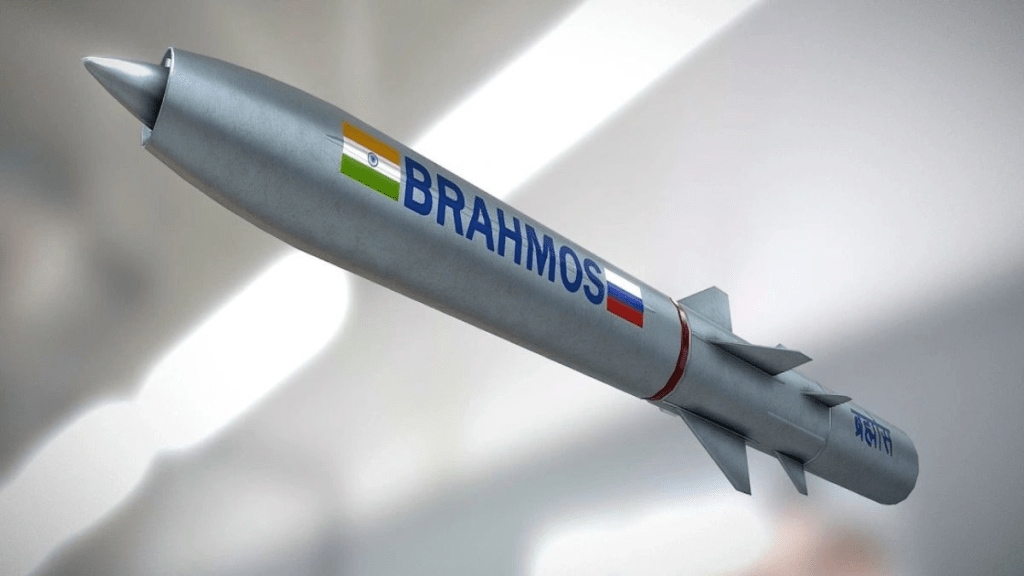In a strong retaliatory move, the Indian armed forces carried out precision strikes on multiple Pakistani military bases early Saturday, likey using advanced air-launched munitions such as the HAMMER (Highly Agile Modular Munition Extended Range), the SCALP air-launched cruise missile, and possibly the BrahMos supersonic cruise missile for the first time in combat.
Indian Air Force (IAF) targeted several key Pakistani military installations deep inside the country, including air bases at Rafiqui (Shorkot), Murid (Chakwal), Nur Khan (Chaklala), Rahim Yar Khan, Sukkur, Chunian (Kasur), and critical radar installations at Pasrur and Sialkot. Major damage was also reported at airfields in Skardu, Bholari, Jacobabad, and Sargodha.
The BrahMos missile was likely used in the attack, though there was no official confirmation. If confirmed, it would mark the missile’s first-ever use in live combat operations.
The strikes came in response to what New Delhi described as “escalatory and provocative” actions by Pakistan, which attempted air intrusions at over 26 locations along the western front, stretching from Srinagar to Nalia. India confirmed that its armed forces successfully neutralised these threats, although limited damage was sustained at air force stations in Udhampur, Pathankot, Adampur, and Bhuj.
During a media briefing, Foreign Secretary Vikram Misri, along with Colonel Sofiya Qureshi and Wing Commander Vyomika Singh, stressed that India remains committed to non-escalation, provided such restraint is reciprocated by Pakistan.
Colonel Qureshi condemned Pakistan’s targeting of civil infrastructure, including a healthcare centre and school premises in Srinagar, Avantipur, and Udhampur, which he called a violation of international norms.
India’s armed forces also dismissed Pakistan’s claims of having destroyed Indian military installations, labelling them as part of a “malicious misinformation campaign.” To counter these claims, Indian officials showed time-stamped photographs of air force bases in Sirsa and Suratgarh to demonstrate that no such damage occurred.
Wing Commander Singh noted that high-speed missile attacks were observed after 1:40 am on Saturday, targeting multiple Indian air bases in Punjab, though India’s air defence systems effectively mitigated the impact.
The Indian retaliatory strikes were carefully planned to target military infrastructure, command centres, and UAV bases, while avoiding civilian casualties.
What is Brahmos
The BRAHMOS is a two-stage missile, featuring a solid propellant booster in the first stage that propels it to supersonic speed before detaching. The second stage, a liquid ramjet engine, carries the missile to speeds nearing Mach 3 during the cruise phase. Equipped with stealth technology and an advanced guidance system with embedded software, the missile is designed for precision and survivability.
With a range of up to 290 km and supersonic velocity maintained throughout its flight, BRAHMOS ensures reduced flight time, higher target accuracy, and minimal chances of interception by existing defense systems. Operating on a ‘fire and forget’ principle, it can adopt multiple trajectories en route to its target. Its high impact force is bolstered by significant kinetic energy, while it can cruise at altitudes of up to 15 km and strike as low as 10 meters. The missile carries a conventional warhead weighing between 200 and 300 kg.

